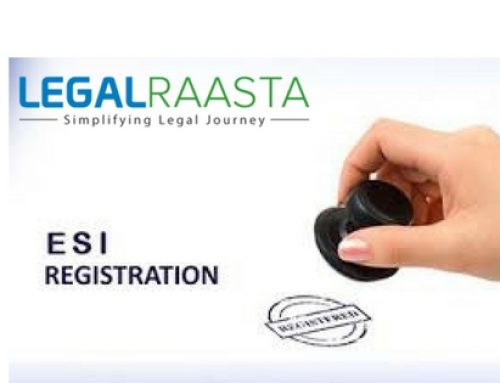Introduction
Corporate insolvency is a situation which comes when a company is unable to pay its debts to its creditors. There are two ways to check for corporate insolvency:
- Is the company currently, or will it in the future, be unable to pay its debts as and when they fall due for payment?
- Are the value of the company’s assets less than the number of its liabilities, taking into account as-yet uncertain and future liabilities?
If the answer to either of these questions is yes, then the company is declared as insolvent. Also, a company can be declared as insolvent if:-
- A creditor who is owed more than £750 has served a formal demand for an undisputed sum at the company’s registered office, the debt has not been paid for three weeks
- A judgment or other court order has not yet been satisfied.
Corporate Insolvency Resolution Process
In this economic scenario, debt repayment has become such a big issue. The corporate Insolvency and Bankruptcy Code, 2016 has come as a relief. This Code provides the provision for an application for insolvency and bankruptcy of startups, individuals, partnership firms, LLPs, and Companies. The Code has specified a slab of default amount in every category. The final amount is to be notified by the Government as the trigger point to initiate the proceeding by keeping in view the fluctuation of the economy. One has to understand that the amount is not the minimum and maximum fixed amount of debt default. But it is a “range”.
The Insolvency and Bankruptcy Code, 2016 (“IBC”) combines in a single legislation. The following is the processes for resolution or liquidation of corporate which are as follows :

1. Application To The NCLT
A creditor of a company (financial or operational), or the company itself, can apply to the NCLT (National Company Law Tribunal). It is applied in order to admit that company (or “Corporate Debtor” as the IBC calls it) into the CIRP (corporate insolvency resolution process). For this, creditors need to show the default payment of a debt which exceeds 1 Lakh rupees And within 14 days, the NCLT has to pass an order either admitting or denying the application.
A financial and an operational creditor have to meet different obligations when making their applications before the NCLT. A financial creditor needs to submit the record of the default. The IBC creates a new class of record keepers. It is known as “Information Utilities”.
On the other hand, an operational creditor needs to first make a demand for his unpaid debt. On the basis of an ongoing dispute, it is open to the corporate debtor to defend the claim.
2. CRIP And Moratorium
When a corporate debtor is admitted into the CIRP, it suspends the board of directors. Also, the management is placed under an independent “interim resolution professional”. From this point on and until the end of the CIRP, the management ceases to have any control over the affairs of the company.
Simultaneously, a moratorium takes effect which prohibits:
- Continuation or initiation of any legal proceedings against the corporate debtor
- Transfer of its assets
- Enforcement of any security interest
- Recovery of any property from it by an owner
- Suspension or termination of the supply of essential goods and services, the moratorium lasts till the corporate debtor is in CIRP.
But yes, the moratorium does not extend to key business contracts entered into by the corporate debtor.
You can refer our experts for TDS Return.
3. Verification and classification of claims
Now in this step, the interim resolution professional will invite, verify claims made by the corporate debtor’s creditors also, classify them. After that, within 30 days of the admission into CIRP, form the COC (Committee of Creditors), comprising all the financial creditors of the corporate debtor.
4. Appointment of the resolution professional
The COC (Committee of Creditors) appoints an independent person to function as the “resolution professional” for the remainder of the CIRP term. The resolution professional may be the same person or the same person as the interim resolution professional. It depends on what the COC wants.
5. Approval of the “Resolution Plan”
A resolution plan for the revival of the company needs to be approved within 180 days from the start of the CIRP by creditors. They are holding 75% of the financial debt. The NCLT can extend this by another 90 days.
Any person, management, the creditors, or a third party can propose such a plan. It is the responsibility of the resolution professional to verify that the plan meets the criteria set out in the IBC. Although, the Resolution Professional cannot propose this plan. But this is not expressly prohibited under the IBC.
- If a plan is approved within this period and is sanctioned by the NCLT:-
It becomes binding on all “stakeholders” involved in the CIRP. The term “stakeholders” has not been defined. While the IBC mentions that this plan helps to bind the employees, creditors, members etc. But it not clear that the point related to the other stakeholders in the resolution plan.
- If no resolution plan is approved in this period:-
If the resolution plan passes, then NCLT is required to order the liquidation of the corporate debtor. After the approval of liquidation, COC appoints the liquidator to sell the assets of the corporate debtor and distribute them among the stakeholders. The distribution will be made in accordance with the Section 53 of the IBC.






